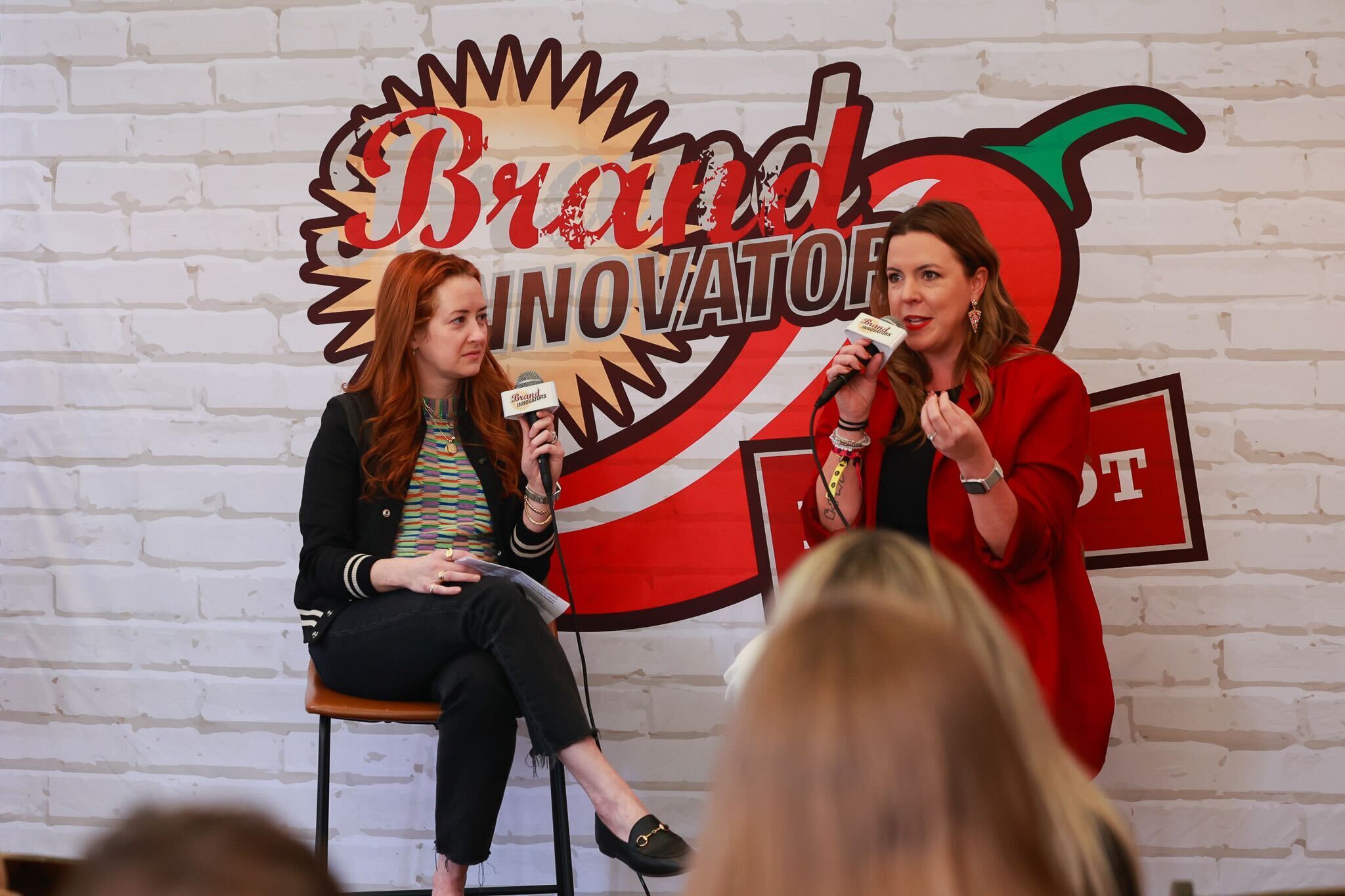Beyond the inbox: Reimagining CRM for the AI era

Real relationships aren’t built with only one mode of engagement.
Last week, I made the mistake of providing my email to a brand after purchasing a shirt online. What ensued was a daily barrage of drip-style emails in my inbox; within a week I’d received over half a dozen notes, with all kinds of hyper-optimised subject headers and click-baity opening lines.
Even the new AI summary feature of my inbox seemingly gave up trying to make sense of the spectacle of post-purchase “intelligent” marketing the brand subjected me to.
Not too long ago, developing a customer relationship was the core tactic of the most thoughtful, considerate businesses. Local stores knew customers by name, remembered what they liked, and genuinely cared about their satisfaction in a quiet, intentional way. A purchase often led to a thoughtful follow-up call or a handwritten note. Recommendations felt personal, interactions were authentic, and trust grew naturally.
This was Customer Relationship Management (CRM) before anyone coined the term. When CRM emerged in the 1990s, it promised a similar kind of meaningful dialogue—a conversation deepening over time, driven by trust and personalised insights, powered by digital tools. Yet, CRM lost sight of these genuine connections somewhere along the way.
Instead, CRM became synonymous with automated emails—generic, repetitive, and often ignored.
So, what went wrong?
As a channel, email remains one of the more intimate avenues for a brand. It was straightforward to adopt for most businesses, not too complicated to execute, and generally measurable. But simplicity has its limits. Customer expectations shifted, leaving many brands scrambling to keep up. Engagement with email has steadily declined, overshadowed by more dynamic channels like social media, SMS, and chat-based interactions like WhatsApp.
But many teams didn’t get this memo. According to Forrester, over half (54%) of brands still rely exclusively on a single channel like email for CRM. Marketing emails still flood consumers’ inboxes, making it easy for people to ignore or delete them without ever reading them—a kind of digital numbness that sets in from seeing too many messages too often.
Brands didn’t choose this limitation willingly. Many attempted complex solutions—consolidating massive datasets, adopting costly platforms, building dedicated teams, creating endless variations of content, and testing constantly. Some succeeded, but most were overwhelmed by the complexity and cost. In fact, multiple studies over the past decade have shown CRM platform failure rates between 50% and 70% within the first two years of implementation.
The traditional strategy tools marketers and their agencies rely on—such as personas and customer journeys—are also beginning to lose relevance. Customers aren’t as predictable as we may think; their journeys are fragmented, unique, and constantly changing. Worse, most “personalisation” today is based on broad groups, like personas or segments, so it often feels generic.
To be fair, companies stick with this approach because they often don’t have the time, tools, or team to tailor content to individual needs. But when the message isn’t relevant, customers notice—and it reflects poorly on the brand.
-
54%
Of brands still rely exclusively on a single channel like email for CRM.
-
50-70%
CRM platform failure rates within 2 years of implementation.
-
400 zb
Predicted amount of global data created annually by 2028.
Enter: the ecosystem era
Customer data is exploding. It’s estimated that the global volume of data created, captured, copied, and consumed will reach nearly 400 zettabytes annually by 2028. Data comes from everywhere—social media, online transactions, IoT devices, and countless interactions across multiple platforms. Brands face the daunting task of harnessing this flood of information.
To manage this, brands are moving toward an ecosystem approach, integrating data across multiple sources to create a unified customer view. Rather than isolated databases and disconnected insights, brands now rely on real-time data connections, delivering personalisation that’s immediate, relevant, and contextual.
This ecosystem approach also significantly changes how brands handle privacy and security (which has also had an impact on the effectiveness of email marketing). Instead of treating privacy as a compliance checklist, leading companies now see it as integral to customer trust. Clear consent practices, transparency about data use, and robust security measures aren’t just required—they’re key elements in building stronger, lasting relationships with customers.
Bringing the “R” back to CRM
Brands remain dedicated to customer loyalty, and customers still seek meaningful connections—as long as interactions are easy, trustworthy, and valuable. The approach to creating these relationships, however, is radically changing.
AI now performs tasks that once took entire teams to handle—integrating data sources, personalising messages instantly, refining communication styles, and dynamically responding to customer behaviours. With AI, brands can build authentic relationships at scale, moving beyond emails and generic interactions into relevant experiences across multiple customer touchpoints.
Consider a customer who regularly buys household products from a major retailer. Instead of receiving generic, repetitive emails, AI can quietly work in the background—learning from their purchase history and preferences to deliver timely, relevant suggestions. Whether they’re scrolling through social media, browsing online, or visiting a store, the experience feels seamless and helpful—not intrusive. This is how AI helps CRM evolve: less noise, more value.
Reinventing CRM for cosmetics
The cosmetics industry highlights the need for a more modern approach to CRM. Beauty purchases are personal and emotional, demanding highly individualised experiences. Still, traditional CRM struggles to connect online browsing with in-store buying.
DEPT® client Rituals transitioned from traditional e-commerce CRM to an AI-enabled, multi-channel customer engagement engine, unifying online and offline interactions. By using AI-driven insights, Rituals delivered personalised recommendations at the point of sale, synchronised with emails, SMS, and app notifications. The result? Higher in-store conversions, increased multichannel engagement, and stronger customer loyalty.

From managing databases to nurturing relationships
Yes, brands need to stop just passively collecting customer data and start using it to create experiences that really connect with people. But the future of CRM isn’t about more automated messaging and broad content—it’s about restoring the “relationship” in CRM.
To achieve this, marketers should consider three moves:
- Embrace composable commerce. Move beyond rigid funnels and monolithic platforms and experiment with more modular, AI-powered dynamic tools to orchestrate data and power customer experiences. Pick one part of your customer experience—such as search, checkout, or product recommendations—and test a best-in-class, API-first tool to improve it. This lets you prove value quickly without re-platforming your entire system.
- Find and prioritise meaningful moments. Modern brands monitor how customers talk and behave across channels, not just what they click. Social listening, support inquiries, reviews, and even in-store behaviour (via sensors or associate input) offer insight into what matters most and can be synthesised with new AI tools, allowing marketers to retire mass messaging and static journeys in favor of more dynamic communications.
- Build trust through transparency. Clearly communicate how customer data is used and consistently uphold strong privacy and security standards. Give customers a simple dashboard or interface where they can manage what data they share, how they’re contacted (email, SMS, push, etc.), and what types of content or recommendations they want. Make it easy to adjust at any time.
The era of simply using databases to amplify marketing promotions is over. The era of intelligently orchestrating customer relationships has arrived.



